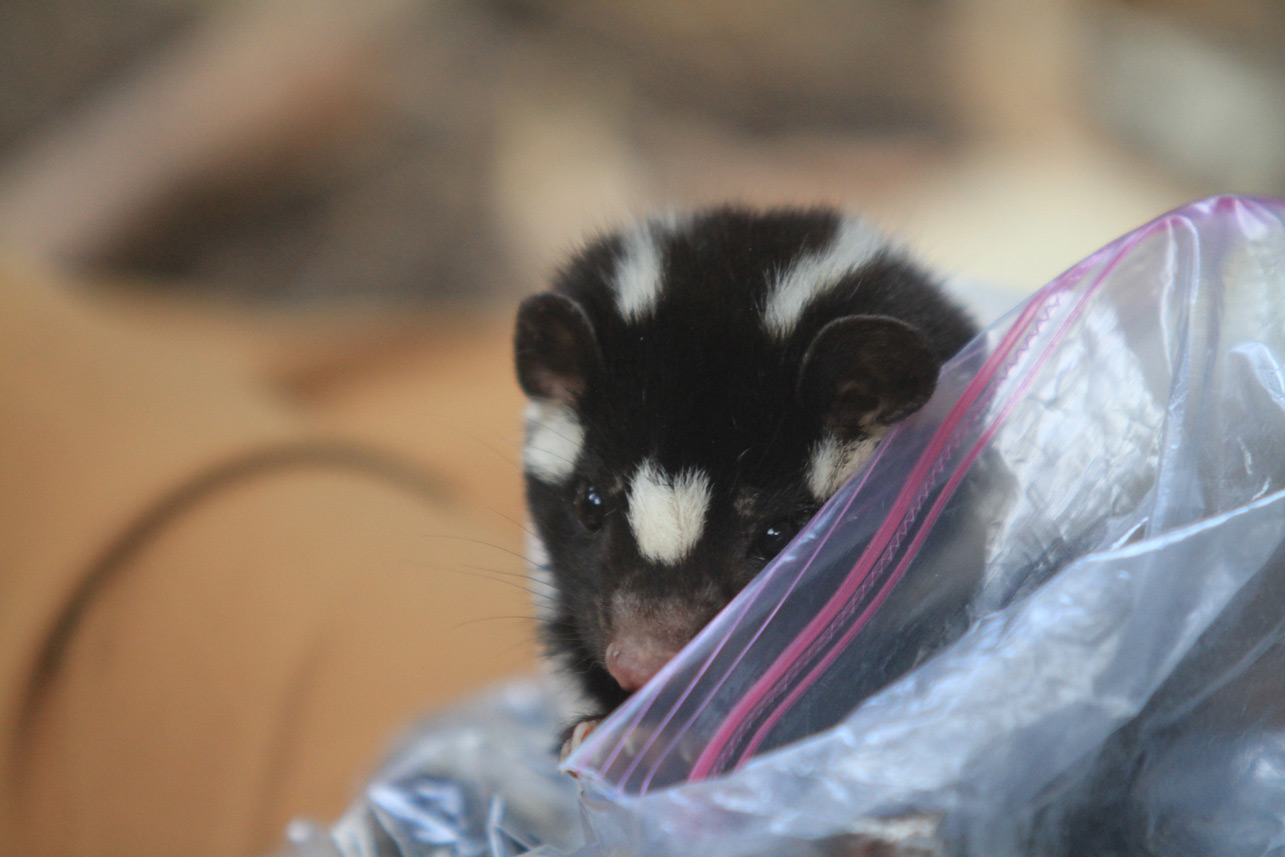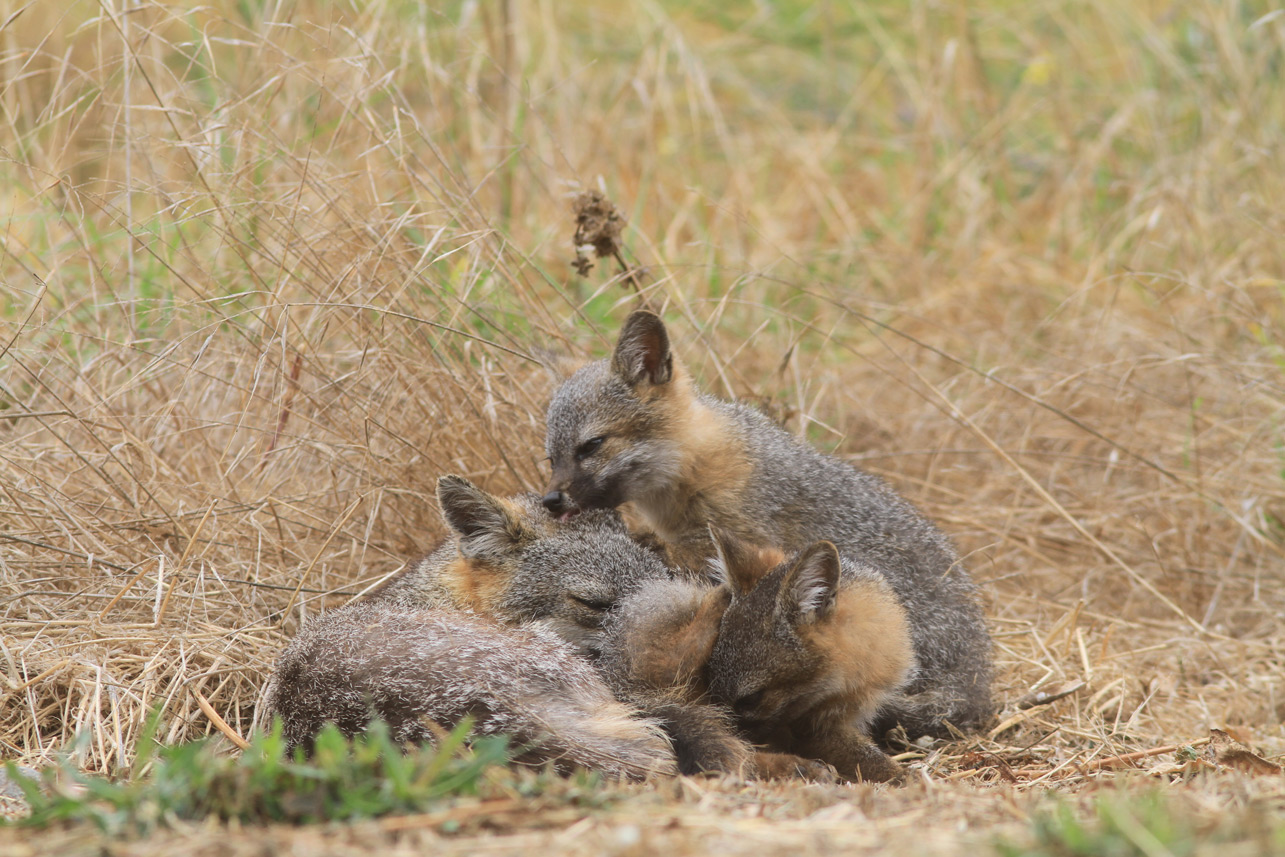A Biological Checkup for Foxes and Skunks on the Channel Islands
Biologists Study Recovering Populations of the Island Mammals

When it comes to Channel Islands wildlife, there are currently two little great unknowns: the carrying capacities of the recently delisted island fox and its pungent, nocturnal counterpart, the island spotted skunk.
At the beginning of the 21st century, when there were only about 50 island foxes remaining on Santa Cruz Island — due to golden-eagle predation and the 5,000 or so feral pigs running amok across the largest and most biodiverse isle off California — spotted skunk numbers were on the upswing.
Now that the stressors have been removed, it’s rare if visitors today don’t spot an island fox after disembarking from the Island Packers ferry. So how are things going for the island foxes these days? In July, a team of wildlife biologists descended on Santa Cruz Island to get the lowdown on fox populations, trapping and gathering vital data about the largest land mammal across the entire volcanic archipelago.
“We’re not entirely sure what the carrying capacity is for island foxes on Santa Cruz Island,” said one of the biologists, “but 2,500 foxes is a safe guesstimate.”
That would make perfect sense considering that in 2016, despite being in the throes of the California drought, island fox populations went through the roof, reaching 2,100 on Santa Cruz Island alone.

Boosting the popularity of the tiny, cat-like island fox, a conspicuous pair of island fox pups have grown up near the mouth of Scorpion Canyon. A few months back, when the first pup emerged from its den, I nearly tripped over it. Mothers typically keep their pups hidden until they’re nearly weaned — but not these two.
Pupping season typically occurs in February and March, but these late-season pups were probably born in May. It’s been a lot of fun watching them grow day in and day out, exploring their surroundings, nursing, roughhousing, and bonding.
Although island foxes receive most of the island fanfare, not forgotten is the seldom-seen island spotted skunk. Usually detected first by their pungent smell wafting low inside Scorpion Canyon, they’re about half the size of the three- to five-pound island fox. With the recovery of the fox, skunk numbers are seemingly down over the last few years.
Research is ongoing, but one thing is clear: While foxes settle down and get real quiet when trapped, the spotted skunks tend to scuffle and jump around inside the traps. During a recent research trip, one biologist was sprayed by a trapped skunk. When the next one got trapped, biologists came prepared with a plastic baggy, maneuvering it around the tail and hindquarters of the cranky skunk to thwart any spray. After giving the squirming skunk a hasty checkup, it managed to wrestle free of the biologist’s grip, and it turned its tail toward the group, sticking it straight up. Everyone backed away. But instead of spraying, it stomped its way beneath a lemonade-berry bush and waited for nightfall over Scorpion Canyon.



